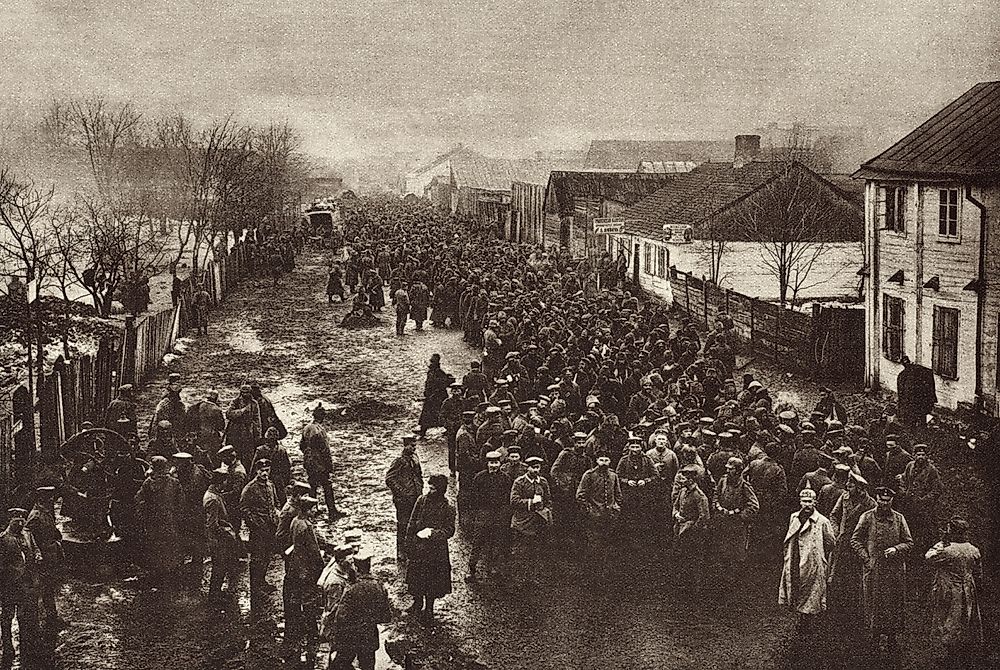

For years its legends helped to shape German nationalist ideology and military policy. Tannenberg’s mystique later served the Weimar Republic and Third Reich propagandists. The Battle of Tannenberg, in August 1914, was the consequence of Russias commitment to an immediate offensive during World War I. It was a resounding victory for the German army and proved that they could defeat larger armies through superior tactics and training. It took place from August 23 - 30 in 1914. In addition, he demolishes many myths about the battle, such as the supposed superiority of the German military, the animosity among Russian field commanders, and the assumption that the Germans viewed their opponents as a horde of uniformed illiterates. The Battle of Tannenberg was one of the first major battles of World War I.

Sponsored Links Hindenburg commanded German forces during the August 1914 battle its comprehensive victory - it was perhaps the German Army's greatest success of the war - ultimately brought Hindenburg an appointment as German Army Chief of Staff in 1916. What were the basic causes of World War I Economic competition amongst the powers (imperialism), suspicions/fears/tensions amongst the powers, rise of nationalism, naval (building of dreadnoughts) arms race between Great Britain and Germany (militarism), military alliance system with irreversible military timetables. On 25 August the I Reserve Corps and the XVII Corps were moving from the area: Schippenbeil-Friedland to the south. I.-WHAT HAPPENED IN REAR OF THE GERMAN EIGHTH ARMY FROM 20 TO 31 AUGUST 1914. Examining the battle in the context of contemporary diplomatic, political, and economic affairs, Showalter also reviews both armies’ social settings and military doctrine, and shows how the battle may be understood as a case study of problems that military organizations face in the initial stages of a major war. Reproduced below is a summary of the Battle of Tannenberg by Paul von Hindenburg. PROTECTION OF THE REAR OF THE GERMAN EIGHTH ARMY, DURING THE BATTLE OF TANNENBERG. The author carefully guides the reader through what actually happened on the battlefield, from its grand strategy down to the level of improvised squad actions. In this first paperback edition of the classic work, historian Dennis Showalter analyzes this battle’s causes, effects, and implications for subsequent German military policy. The battle resulted in the almost complete destruction of the Russian Second Army. The battle of Tannenberg (August 27–30, 1914) opened World War I with a decisive German victory over Russia-indeed the Kaiser’s only clear-cut victory in a non-attritional battle during four years of war. The Battle of Tannenberg in 1914, was a decisive engagement between the Russian Empire and the German Empire in the first days of The Great War, fought by the Russian First and Second Armies and the German Eighth Army between August 17 and September 2, 1914. The Battle of Tannenberg (26-30 August 1914), in which General Aleksandr Samsonov’s 2 nd Russian ( Narevskaia) Army was surrounded and completely annihilated, was one of the largest battles on the Eastern Front in World War I.


 0 kommentar(er)
0 kommentar(er)
